The Russian Arctic will become a powerful outpost of the country
The value of the Arctic is great, on the Arctic shelf, according to forecasts, up to a quarter of all potential oil and gas reserves in the world are located. These two types of fossil fuels are still the most sought after on the planet. It is estimated that the Arctic contains 90 billions of barrels of oil and 47 trillions of cubic meters of natural gas. In addition to fossil fuels, there are deposits of gold, diamonds and nickel. Undiscovered hydrocarbon reserves occurring in the potentially Russian water area are estimated by scientists today at about 9-10 billion tons of standard fuel. Hence, such a desire of all Arctic countries to expand the zones of their continental shelves.
The Russian sector of the Arctic is located today not only in the Arctic Ocean, but also in the Barents and Okhotsk seas. Currently, the Arctic already provides about 11% of the national income of the Russian Federation, as well as 22% of total Russian exports. The region produces 90% Russian nickel and cobalt, 96% platinoids, 100% barite and apatite concentrate, 60% copper. In addition, the local fishery complex produces about 15% of the total volume of fish production in Russia. As of today, it is the Russian Federation that has the largest natural gas reserves on the planet and is ranked 8 in the state’s oil reserves rating. At the same time, Russia is the largest exporter of gas and the second largest exporter of oil in the world. Today, our country provides about 30% of the total world gas production, and under the Russian ice there is more oil than in the OPEC states combined. That is why the protection of Russia's economic interests in the Arctic region is so important.
The foundations of the state policy of Russia in the Arctic for the period up to 2020 of the year and further perspective were approved as early as September of 2008 at a meeting of the country's Security Council. The use of the Arctic resources is a pledge of the energy security of the Russian Federation, at the same time the thesis that the Arctic should become the resource base of Russia in the XXI century was designated. For this, it is vital to ensure reliable protection of national interests on the continental shelf.
Today, work in the Russian Arctic is carried out in almost all major points in the ocean - the archipelagoes of Franz Josef Land, Severnaya Zemlya, Novaya Zemlya, on the New Siberian Islands and Wrangel Island, as well as on the mainland - from the Kola Peninsula to Chukotka. In total, within the framework of the ongoing program to restore Russia's military presence in the Arctic, it is planned to build or reconstruct the order of 20 groups of objects of various purposes, which will form the framework of the military infrastructure in this remote region of the country.
A key feature of the military construction that is being carried out in the Arctic today is the concentration of management of all forces in the region in the same hands. Starting December 1, 2014, the North joined the strategic command of the North. We can say that, in fact, the “North” is the fifth Russian military district, which unites under its command all the land, sea and air forces in the Russian Arctic, as well as adjacent regions. The joint strategic command "North" was created on the basis of the headquarters and infrastructure of the North fleet Russian Navy. This immediately sets a different management format and approaches to solving problems: the basis of strategic command in this region for the first time in stories Russia turned out to be the headquarters of the fleet, which is supposed to solve the tasks of controlling various troops located on a vast territory.
This theater of operations is characterized by large distances. Therefore, the decisive advantage in possible disputes over the region will be that side that can provide a powerful military presence at important points in the Arctic in a short time. For these purposes, it is necessary in the region to have a developed transport and logistics network of naval bases and military airfields capable of receiving all types of aircraft, including heavy transport aviation and strategic bombers. That is why a significant part of the exercises of the Armed Forces of the Russian Federation over the past 10 years is devoted to the ability to quickly transfer forces by air and sea. It is impossible to underestimate the significance of this aspect, since absolutely all plans to recreate the Arctic grouping of forces in the Arctic and the overwhelming share of Russia's military activity in the region are designed to make extensive use of the transport capabilities of the Air Force and Navy, without which any effective activity in this region would be unthinkable.
First of all, the emphasis is on the reconstruction of the infrastructure, which, if necessary, to ensure the transfer of troops by air and sea and does not require the presence of numerous personnel for the protection and daily maintenance. No less important aspect is the awareness of the leadership of the Arctic group about what is happening. This also determines the direction of today's construction: almost half of the facilities built in the interests of the Russian armed forces in the Arctic fall on radar stations, which must, in combination with ships, flying radars and space reconnaissance, restore a continuous zone of control over the Russian Arctic.
As Vice-Admiral Nikolai Evmenov, Commander of the Northern Fleet of Russia, said in early November 2017, the combat capabilities of the forces and equipment deployed on the Arctic islands will be increased, including the anti-aircraft defense system. According to the admiral, a system of monitoring surface and underwater conditions is being created in the Arctic today on the routes of the Northern Sea Route. Work is underway to create a zone of complete control of the airspace over the Russian zone of responsibility. Also, according to Nikolai Evmenov, every Arctic island on which there are bases of the Northern Fleet is equipped with all-season airfields, which will be able to host various types of aircraft.
The capabilities of the air defense of the Arctic grouping of troops next year will be reinforced by a new air defense division. It will appear in the Arctic already in 2018 year, according to the Russian Defense Ministry. The new compound will be focused on the protection of Moscow and the Urals from possible strikes from the North Pole. The air defense regiments deployed here will be focused on the detection and destruction of aircraft, cruise missiles and even unmanned aerial vehicles of a potential enemy. Experts note that in the future the new division will become the most important component of the country's air defense system, covering the territory from Novaya Zemlya to Chukotka. The newspaper Izvestia, citing the Russian Aerospace Forces, reports that regular events will begin as early as 2018, as the principal decision on the formation of a new air defense division has already been made. It is reported that the compound will include not only newly formed units, but also units already in combat duty in the Russian Arctic.
At present, the Arctic sky is defended by the 1 division of the air defense division. It reliably covers the Kola Peninsula, the Arkhangelsk Region, the Nenets Autonomous District and the White Sea. A regiment stationed on Novaya Zemlya was recently included in the composition of this division. The 1 Air Defense Division is armed with the most modern types of weapons, including the Triumph C-400, the Favorit C-300, and the Pantsir-C1 anti-aircraft missile and cannon systems.
According to military historian Dmitry Boltenkov, the new air defense division being created in the Arctic will take control of the northern direction (from Novaya Zemlya to Chukotka), ensuring reliable protection of the Central Economic Region of the Russian Federation (including Moscow), as well as the Urals and its industrial centers. At the same time, the already existing 1-division of the air defense will focus mainly on the defense of the Kola Peninsula and the bases of the Northern Fleet located in this area. According to the expert, there is nothing special to cover the anti-aircraft missile regiments from Novaya Zemlya to Chukotka, but it is necessary to create a solid radar field. In his opinion, the new air defense division will receive a large number of radar stations, which will be located on the newly created Arctic outposts, perhaps even on Kotelny Island and Temp airfield.
It is worth noting that 10 military airfields in the Arctic, the program of construction of which was launched 3 a year ago, are ready for combat use, reports Zvezda TV channel. In such a short time, no one has yet carried out such a volume of work in permafrost conditions and in the Far North, journalists say on the TV channel. Thanks to this, Russia gradually provides its northern borders with reliable protection from the air, from the sea and from land.
According to the Ministry of Defense of Russia, Spetsstroy Russia is currently completing the reconstruction and construction of 10 airfields located in the Arctic zone, including Severomorsk-1, the airfield on Alexandra Land (archipelago Franz Josef Land), which in the future will be able to receive and heavy aircraft - IL-78, Tiksi (Sakha Republic (Yakutia)), Rogachevo (Arkhangelsk region), Temp (Kotelny Island). Work is also underway to reconstruct the airfields of Severomorsk-3 (Murmansk region), Vorkuta (Komi Republic), Naryan-Mar (Arkhangelsk region), Alykel (Krasnoyarsk region) and Anadyr (Chukotka Autonomous Region).
The main air bases are located on Cape Schmidt, Wrangel Island, Kotelny Island, Franz Josef Land Archipelago, as well as in the Murmansk Region. These airfields will be able to take off and land heavy transport aircraft and MiG-31 interceptor fighters, which are able to effectively hit not only enemy aircraft, but also missiles of various classes, up to ballistic missiles. It is reported that the Arctic airfields will be all-season and will be able to receive different types of aircraft of the Russian Air Force.
According to Alexander Drobyshevsky, an expert in the field of the Air Force, it is very important for fighter aircraft to have an airfield network developed on the ground in order to quickly fly to intercept the enemy. Back in the years of the Second World War, the practice of “jump airfields” was widely used, when field airfields could be located closer to the front line. In the Russian Arctic with many thousands of distances, it is also important to be able to fly to intercept the enemy from a closer point. For example, do not waste time on departure from Novosibirsk, but rise into the sky directly from the Arctic Ocean.
Such aerodromes of jump in the Arctic and for strategic aviation are very beneficial. They were used for these purposes in the USSR, and the Americans had their own airfield in the Arctic in the 1970-90-s. It makes no sense for strategic aviation to be based in the North on a permanent basis, however, if necessary, the strategic bombers Tu-95 and Tu-160 can be dispersed throughout all military airfields, including the suitable Arctic ones, which, at least, increases their combat survivability. At the same time, strategic aviation gets the opportunity to completely safely make combat missions to the United States with the possibility of returning back to northern airfields, since the distance allows. The airfields under construction in the Arctic will allow the Air Force not only to fully control the Arctic sky within the Russian borders, but also to quickly solve any tasks in this part of the continent.
Information sources:
https://tvzvezda.ru/news/forces/content/201711050946-uwfj.htm
https://svpressa.ru/all/article/29527
https://iz.ru/news/666014
https://lenta.ru/articles/2016/04/20/arctic
Open source materials
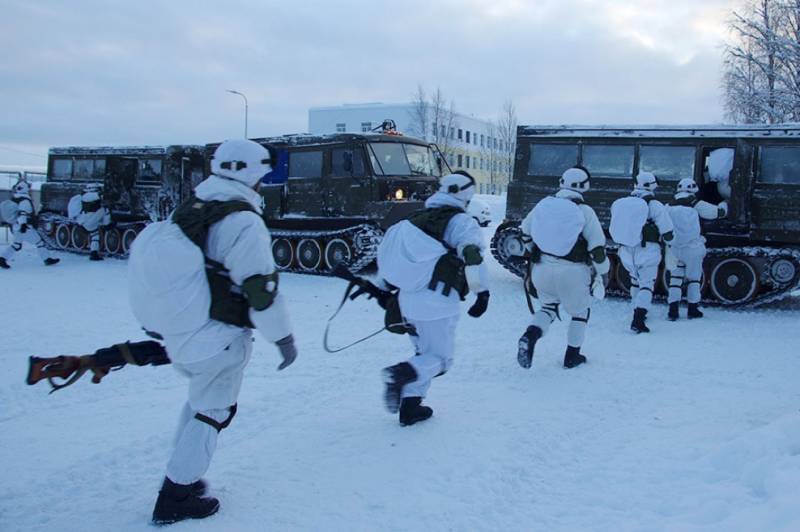
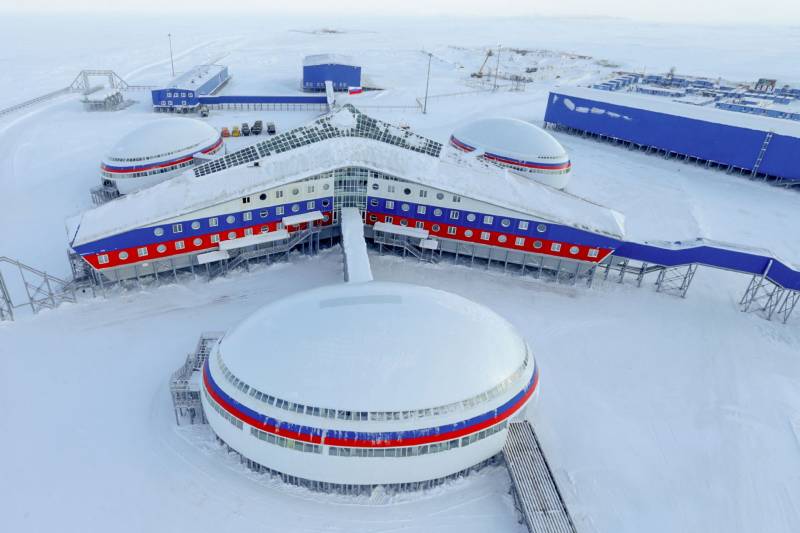
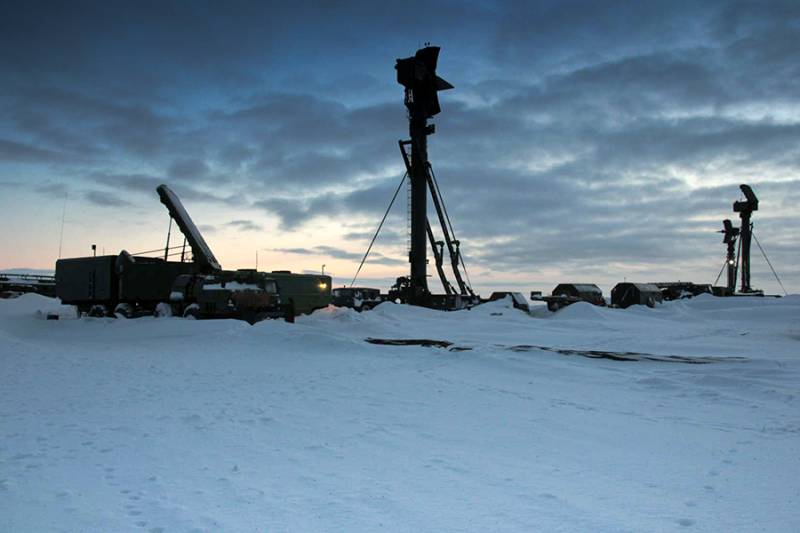
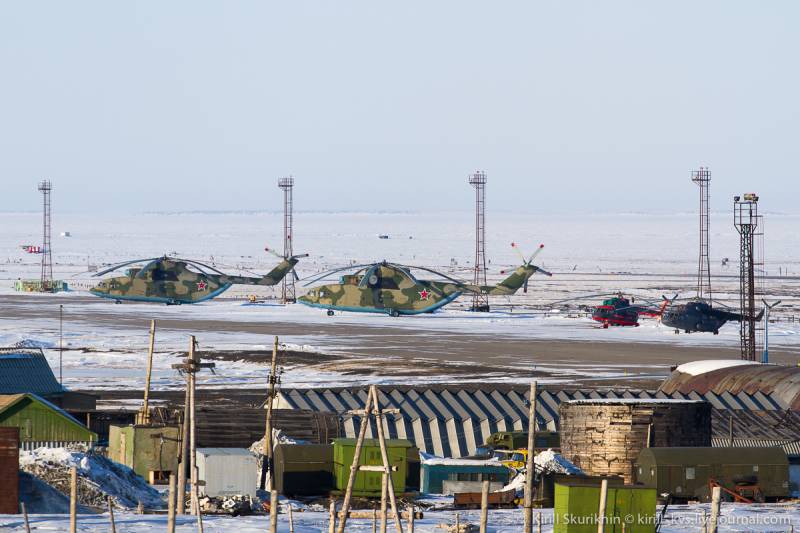
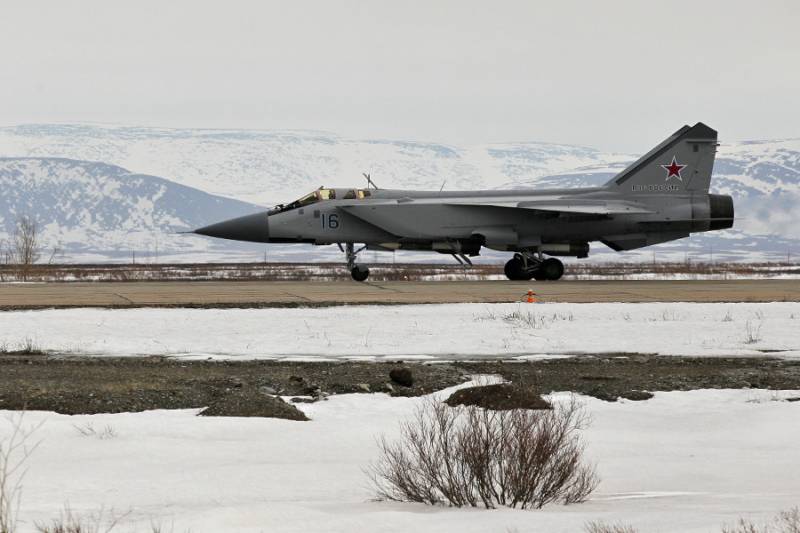
Information